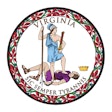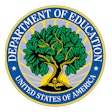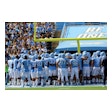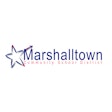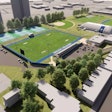At the Native Vision youth summer camp -- a three-day gathering that caters to young American Indians -- sports are the central focus but family-oriented cultural events and community service projects also play a part.
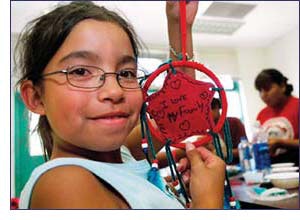 Photo of a camper at Native Vision summer sports camp
Photo of a camper at Native Vision summer sports camp
Barlow's contention is supported by hard facts. Take child obesity, for example. According to the American Obesity Association and the National Center for Health Statistics, 30 percent of youths age 6 to 19 are overweight (or in the 85th percentile for Body Mass Index). But while about 26 percent of Caucasian youths are overweight, a 1999 Aberdeen Indian Health Service study found that the figure among American Indian youths was an estimated 39 percent.
Obesity is not the only health concern. According to the U.S. Department of Health and Human Services, 31.3 percent of American Indian adolescents age 12 to 17 smoke -- nearly twice the rate for whites and blacks. Nearly half of American Indian teens have tried an illicit drug, while only a quarter of blacks and 28 percent of whites have done so.
The Johns Hopkins Center for American Indian Health's solution to this crisis has manifested itself, in part, in the form of the Native Vision summer sports camp. Jointly sponsored by the Johns Hopkins Center for American Indian Health, the NFL Players Association and the Nick Lowery Foundation -- a disadvantaged youth-development organization founded by the former NFL place-kicker and graduate of Harvard University's Kennedy School of Government -- the three-day camp has been held the past two summers in Bernalillo, N.M., 20 miles north of downtown Albuquerque. There, 10 Southern Pueblo tribes collaborated to host nearly 750 campers in grades four through 12 representing 30 tribes across the nation.
While officials and volunteers from the host tribes organize cultural events, health fairs and community feasts, Johns Hopkins health experts facilitate Internet training sessions, parenting and life skills workshops, and community service projects. "We keep adding more family-oriented activities for family members, teachers or chaperones who travel with the kids," says Barlow, noting that about 2,000 people participated in the weekend camp's activities in June. Also pitching in are about 40 current and former athletes from the NCAA, NFL, NBA, WNBA, USA Volleyball and United Soccer Leagues, as well as volunteer coaches from the Wings of America running program for American Indian youths. They conduct sports clinics inter- spersed with breakout sessions that reinforce the importance of fitness, nutrition and education.
The summer sports camp is but one component of the year-round Native Vision initiative, which encourages American Indian youths to build healthy minds, bodies and families. The initiative's philosophy is modeled around the traditional "hoop of life" tenet, central to many American Indian beliefs. According to this tradition, the hoop -- or the person -- is made up of emotional, mental, physical and spiritual elements. Youths can complete their hoop by building self-esteem (emotional), achieving educational and career goals (mental), improving their fitness and nutrition while eliminating drug and alcohol use (physical), and enhancing their cultural awareness and personal identity through increased interaction with parents, mentors and elders (spiritual).
Leadership is also a central theme. This year campers participated in a media workshop in which they developed radio and video public service announcements aimed at their peers. "They spent a few hours thinking about healthy messages and what kind of messages they wanted to impart to their generation," says Barlow. "We work with Native facilitators to help kids think about what it means to be a leader in their tribes, now and in the future."
For the duration of its 10-year history, the camp has been held on reservations in the western United States, usually with up to two-thirds of the campers visiting from within a two-hour driving radius. But the remaining campers come from all over the continent, as far away as Vancouver, B.C., Florida and Illinois ("We basically mail a letter about the camp to every tribe across the country, and it's first come, first served," says Barlow).
For that reason, the Center for American Indian Health provides each visiting tribe a stipend of roughly $400 to help cover gas and other travel costs. In addition, all daytime camp activities are free, as is lodging for overnight guests. Each year, Native Vision also provides up to three $1,000 college scholarships to camp participants (any college-bound American Indian high school senior is eligible to apply). Funds to support that and other components of the Native Vision program are raised through grant writing and a gala event hosted by the NFLPA in Washington, D.C., each November.
The site of next summer's Native Vision sports camp has yet to be determined, although Barlow anticipates a site in either Oklahoma or one of the northern Plains states. She also hopes for an opportunity to open up the camp to another 100 or so participants, but "we'd like to be able to expand without compromising the kids' experience."


















